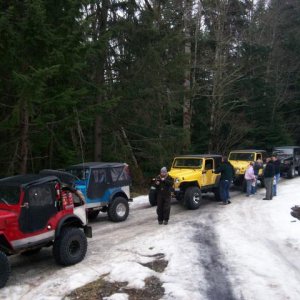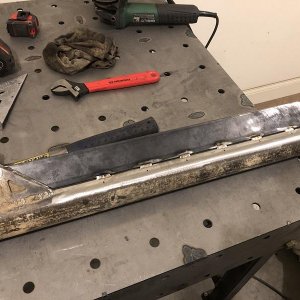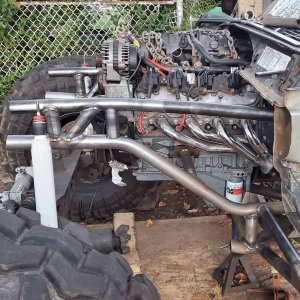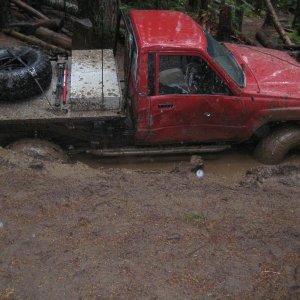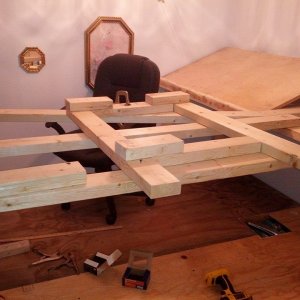monsteryota
Well-Known Member
i know it is most likely a stupid question but i dont know it so i am going to ask it i am trying to get the whole flex thing going and so i have a log and it has a 2x4 screwed to it and i tryed rolling up it and then getting out and measuring fromt eh top of the tire and the top of the wheel well and it was within a half of a inch so how is this supossed to work and be done thanks dustin i am using a 89 toyota 4x4 std cab short bed


